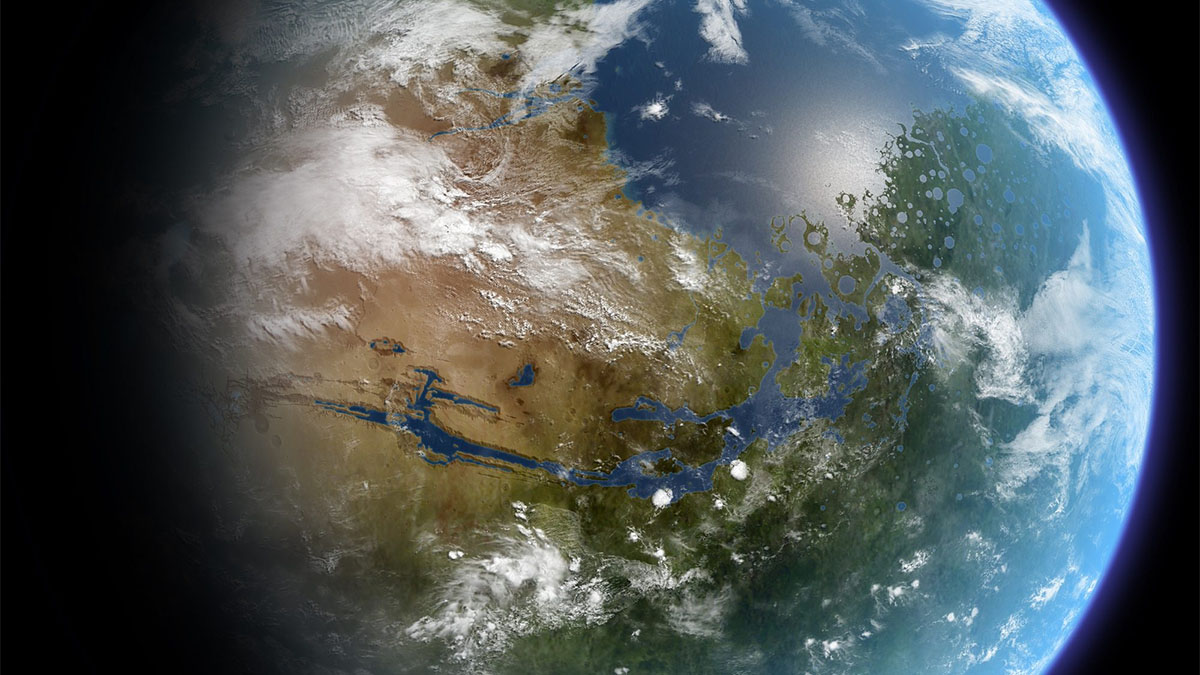how to sequence a martian’s dna

We all know about the SETI project which listens for potential signals from aliens with radio transmitters and powerful lasers. But now there’s a new acronym to memorize in the search for otherworldly life: SETG. It stands for the Search for Extra-Terrestrial Genomes and its lead scientists want to do nothing less than find and sequence gene segments of microorganisms living under the surface of Mars. How? They’re betting that Mars and Earth share an evolutionary heritage and that will allow biologists to read Martian DNA.
Let’s rewind to the beginning. Around 4.5 billion years ago, when the planets were just forming and fusing into the solar system we see today, asteroids and comets rich with organic material rained down on the young planets and helped jump start life. As the collisions continued, some of this new life was exchanged between Earth and Mars and hence, by trying to analyze the 16S ribosomal RNA gene which is often used to identify bacteria and their evolutionary lineage, the project would not only prove that there’s recent Martian life, it would also provide evidence that life in our solar system, and indeed the universe at large, may be related. Or at least, this is the theory behind SETG’s plans.
Suppose that a Martian rover a few decades into the future carries a SETG machine which uses solvents and a special dye that glows when it binds to genetic materials. What kind of life could it find? To get a reading, the alien microbes would have to be no older than 1 million years old, the average time it takes for the DNA molecule to decay, use amino acids we know of and have colonies large enough to leave an identifiable trace in the sample. Oh, and they would also need to be different enough that we call tell them apart from any possible Earth bacteria which could hitch a ride to the Red Planet and contaminate the results. And that’s where issues like chirality and the distribution of basic compounds for life make create a huge problem for alien hunters.
In a previous post, I examined a NASA study which shows that asteroids rich with water tend to produce a bias towards left-handed chirality, or when the molecular structures of amino acids used by every known organism wind to the left. A right-handed chirality in alien life forms is an exciting possibility and a sure-fire way to know we’re dealing with organisms that are definitely not like any living things we know of, but it has a lower chance of fostering a biosphere than the left-handed amino acids overrepresented in the very same asteroids crucial to SETG’s research and experiments. If we do find Martians to run through a sequencer, we may find that they and their Earthling counterparts are too closely related for a definitive identification. But of course, we have to find those elusive alien microbes first…





